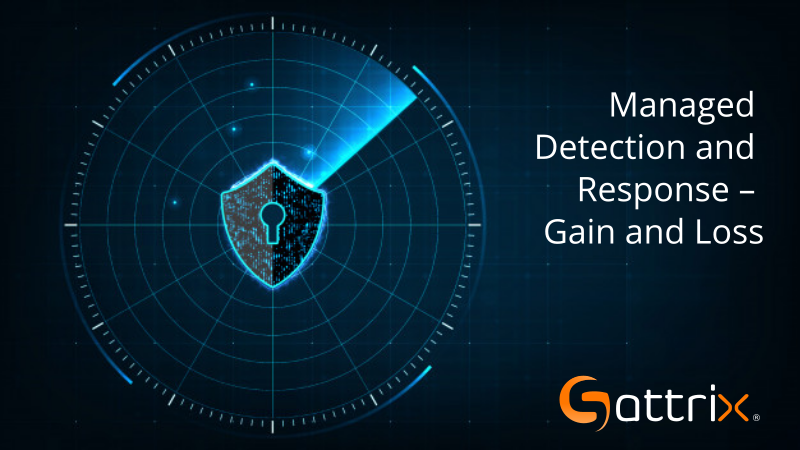Cybersecurity Burnout: How Overloaded Security Teams Miss Critical Alerts
US enterprises are deploying a sophisticated arsenal of cybersecurity tools—SIEMs, endpoint protection, cloud monitoring, and threat intelligence platforms—to defend against an ever-evolving threat landscape. Yet, even with these investments, security teams are stretched to their limits. SOC analysts face an unrelenting flood of alerts, log data, and incident reports, forcing long hours and constant multitasking. This relentless pressure gives rise to cybersecurity burnout, a silent vulnerability that delays threat detection, obscures critical incidents, and exposes organizations to heightened risk.
Cybersecurity burnout is a silent crisis. According to industry studies, SOC analysts experience high levels of stress due to alert fatigue, repetitive tasks, and the constant pressure to prevent breaches. When analysts are overworked, even critical alerts can slip through the cracks, creating opportunities for attackers to exploit vulnerabilities.
Why SOC Teams Are Overloaded
Several factors contribute to the overload of security teams:
Volume of Alerts
Modern SOCs receive thousands of alerts daily. Not all alerts indicate genuine threats, but analysts must investigate each to ensure nothing critical is missed.
Complexity of Systems
Organizations often operate hybrid IT environments, combining on-premises systems, cloud platforms, and remote endpoints. Monitoring these environments requires diverse tools and expertise.
Manual Processes
Many alert triage, investigation, and response processes remain manual, consuming valuable analyst time and increasing the risk of human error.
Rapidly Evolving Threats
Cyber adversaries continuously develop sophisticated attacks that bypass automated detection. Analysts must constantly update their knowledge, adding cognitive load.
The combination of high alert volume, fragmented visibility, and repetitive tasks leads to stress, fatigue, and slower response times.
The Consequences of Burnout
When SOC teams are overextended, the consequences can be severe:
- Delayed Detection: Threats that could be contained quickly may persist longer in the environment, increasing potential damage.
- Missed Critical Alerts: Analysts may unintentionally ignore high-priority alerts amid the noise.
- Decreased Efficiency: Fatigue reduces the ability to analyze complex incidents and make informed decisions.
- Employee Turnover: Burnout drives attrition, further weakening the SOC and perpetuating risk.
Even enterprises with the latest tools are vulnerable if their teams cannot manage alert volumes and workflows effectively.
Addressing Cybersecurity Burnout
Combating burnout requires both technology and process improvements:
- Automation and Orchestration: Routine tasks like alert triage, enrichment, and response actions can be automated to reduce manual workload.
- Contextual Alert Prioritization: Intelligent systems can rank alerts based on risk, asset criticality, and threat context, enabling analysts to focus on what truly matters.
- Continuous Training and Support: Equipping analysts with knowledge and resources helps them adapt to evolving threats without excessive stress.
- Integrated Visibility: Centralized dashboards and correlated data from endpoints, networks, and cloud systems minimize fragmentation and reduce investigative effort.
How Sattrix Helps SOCs Stay Resilient
At Sattrix, we recognize that cybersecurity tools alone cannot prevent burnout. Our SOC services combine automation, expert monitoring, and contextual intelligence to relieve analyst overload and improve detection outcomes:
Automated Alert Triage
Sattrix uses intelligent workflows to classify, enrich, and prioritize alerts, ensuring analysts focus on high-risk incidents.
Integrated Monitoring Across Environments
We provide unified visibility into endpoints, network traffic, cloud workloads, and applications, reducing investigative complexity.
Expert SOC Analysts
Our trained analysts continuously monitor, investigate, and respond to threats, supplementing in-house teams and alleviating stress.
Threat Intelligence Integration
Sattrix enriches alerts with global and local threat context, helping teams make faster, more informed decisions.
By combining technology with human expertise, Sattrix ensures that SOCs operate efficiently, reduce fatigue, and maintain high detection accuracy, protecting organizations from both external attacks and internal overload.
Strategic Implications for US Enterprises
Cybersecurity burnout is not just a personnel issue—it is a strategic risk. Overloaded SOCs increase the likelihood of breaches, regulatory non-compliance, and reputational damage. Addressing burnout through automation, integrated visibility, and expert support ensures enterprises can detect threats promptly, respond effectively, and safeguard critical assets.
Final Thoughts
In the race against evolving cyber threats, SOC teams are the first line of defense—but even the most skilled analysts can falter under relentless pressure. Cybersecurity burnout is a silent risk that organizations cannot afford to ignore.
Sattrix’s SOC services provide intelligent automation, expert monitoring, and unified visibility, helping US enterprises reduce alert fatigue, improve detection outcomes, and build resilient security operations. By combining technology and human expertise, Sattrix ensures that alerts are addressed efficiently, critical threats are never missed, and security teams remain effective, even under pressure.



Comments
Post a Comment